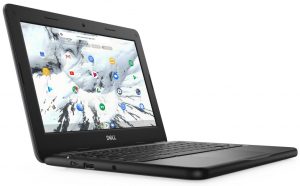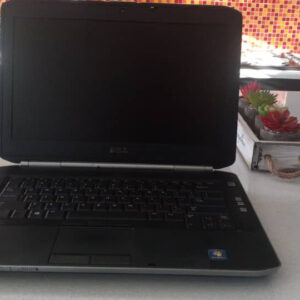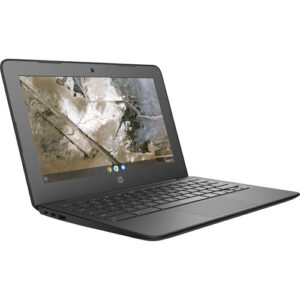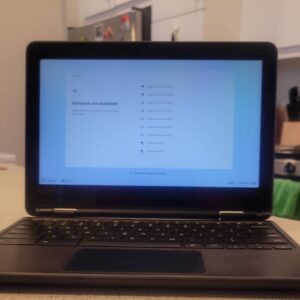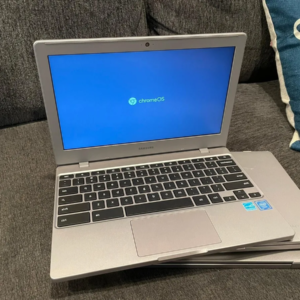Laptops
A laptop, also known as a notebook, is a portable personal computer designed for mobile use. It integrates most of the typical components of a desktop computer, including a display, keyboard, pointing device (such as a touchpad or trackpad), and speakers, into a single unit. Here are some key characteristics and components of a laptop:
Portability: Laptops are designed to be lightweight and compact, making them easy to carry and use on the go. They typically have a clamshell form factor, which means they can be opened and closed like a book.
Display: Laptops come with built-in screens that range in size from around 10 inches to 17 inches or more. The display is usually a thin-film transistor (TFT) LCD or LED screen, providing clear and vibrant visuals.
Keyboard: Laptops have integrated keyboards, although the layout and size may vary. The keyboards are generally smaller than desktop keyboards to fit within the compact form factor.
Touchpad: Instead of a traditional mouse, laptops are equipped with a touchpad or trackpad, which allows users to control the cursor and perform other functions through touch gestures.
Battery: One of the key features of a laptop is its built-in rechargeable battery, which allows it to be used without being plugged into a power outlet. Battery life varies depending on the model and usage but typically ranges from a few hours to over 10 hours.
Processor: Laptops are powered by a central processing unit (CPU), which can range from low-power processors for basic tasks to high-performance processors for demanding applications.
Memory and Storage: Laptops come with varying amounts of RAM (random-access memory) and storage options such as hard disk drives (HDDs), solid-state drives (SSDs), or hybrid drives.
Connectivity: Laptops offer various connectivity options, including Wi-Fi, Bluetooth, USB ports, HDMI or DisplayPort outputs, and audio jacks. Many laptops also include built-in webcams and microphones for video conferencing.
Operating System: Laptops can run a variety of operating systems, the most common being Microsoft Windows, macOS (for Apple laptops), and Linux distributions. Some laptops also run Chrome OS, which is designed for web-based applications.
Graphics: Laptops may have integrated graphics (built into the CPU) or dedicated graphics cards (GPUs) for better performance in tasks like gaming, video editing, and graphic design.
Overall, laptops provide the convenience of portability while offering the functionality and power of a desktop computer, making them a popular choice for both personal and professional use
Showing all 6 results
